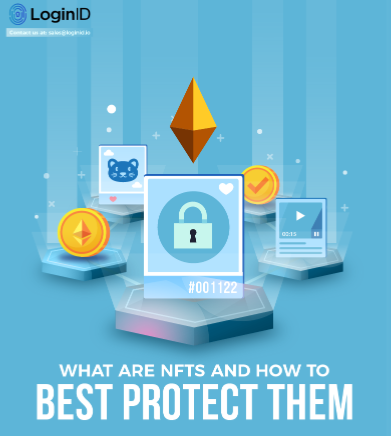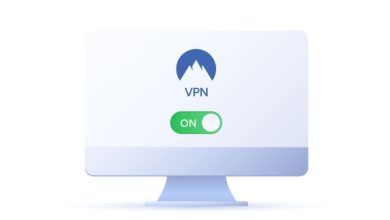What are NFTs and How to Best Protect Them

NFTs, or Non-Fungible Tokens, have recently become popular, with the trading volume nearing $11 billion in the third quarter of 2021. An NFT is a blockchain-based means of acquiring ownership of a unique digital asset. Many investors poured a lot of money on NFT by purchasing photos, digital renders of paintings, memes, and famous tweets, like the former CEO of Twitter’s first tweet.
NFTs are not limited to art and visual mediums and include other things. The nine main categories of NFTs are the following:
- Art
- Music
- Video Game Items
- Trading Cards and Collectibles
- Sports Highlights
- Memes and GIFs
- Domain Names
- Virtual Fashion
- Other Online Pop Culture Items
The value behind an NFT is that it is created with distinct identifying codes on the blockchain. NFT’s uniqueness and identifiability create value for the digital asset by making it scarce, unlike anything else digital.
NFTs are similar to traditional cryptocurrencies as they are built on the same blockchain, but their non-fungibility makes them unique. They do not have a one-to-one exchangeability and are therefore different from traditional cryptocurrencies. One bitcoin will always have the same value as another bitcoin, unlike one NFT with another NFT. This fungibility is the value of traditional cryptocurrencies like bitcoin.
People can create NFTs by selecting a blockchain they want to issue their NFT on, like Ethereum and Binance. After choosing a blockchain, finding a digital wallet that supports the chosen blockchain is the next step. Next is to purchase enough of that cryptocurrency to create the NFT on that blockchain. Lastly, they will need to connect their digital wallet and upload their medium to turn into an NFT.
Also read: Bull trap pattern
An NFT is dependent on a blockchain, which will have its own ledger, digital wallets, and marketplaces. Because of this, NFTs are only compatible with specific digital wallets, can only be sold on certain marketplaces, and can only be purchased with a particular cryptocurrency. For example, anyone who wants to buy NBA Top Shot packs will need to create an NBA Top Shot account, open a Dapper Labs digital wallet, buy USDC stablecoin or other supported cryptocurrencies, and then buy the packs.
Because of the profitability of cryptocurrencies and NFTs, many hackers will want to target them. Exchanges and digital wallets can be considered goldmines for any criminal who can access them. Hackers can access these wallets by exploiting weak authentication practices by only using passwords to secure their accounts. Using FIDO2 authentication practices can mitigate the risks of hackers gaining access to a user’s account. Foregoing it can allow hackers to access other people’s accounts and sell their NFTs.
When a FIDO2 passwordless authentication method is used, the users will be prompted to enter their biometric data into the device to use it to access their accounts. Additionally, using FIDO2 authentication allows for real time fraud prevention, which is essential for the lucrative cryptocurrency and NFT market.
For more information on NFT and the means to protect them, see this article by LoginID and learn more information about security and fraud prevention.





